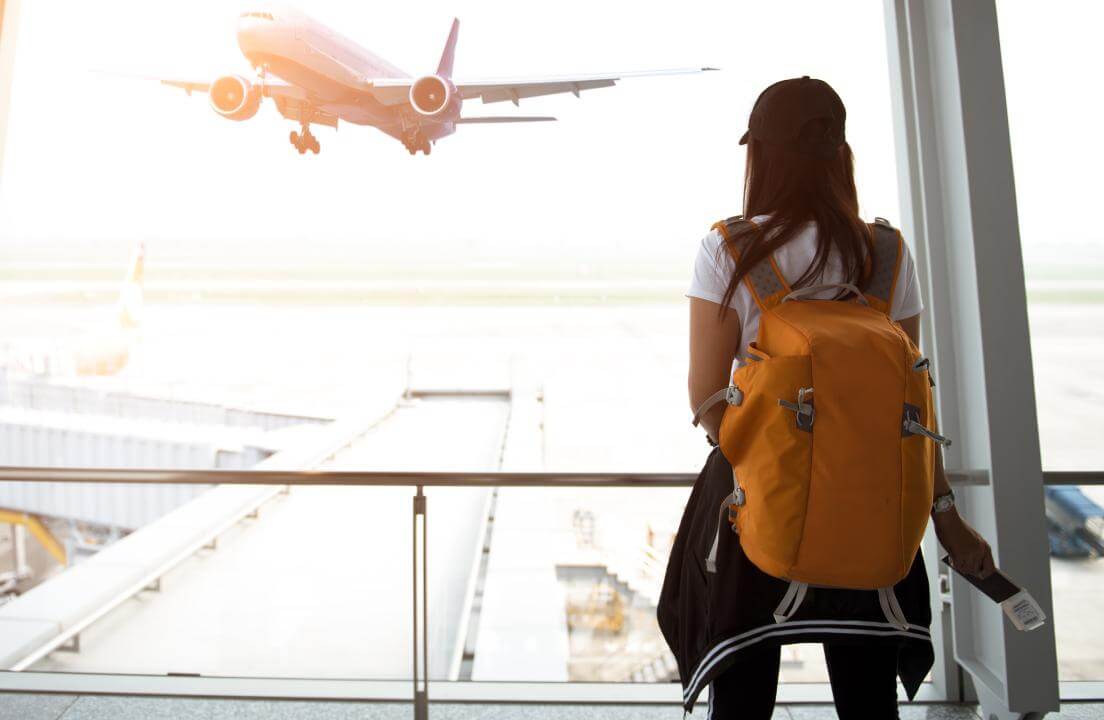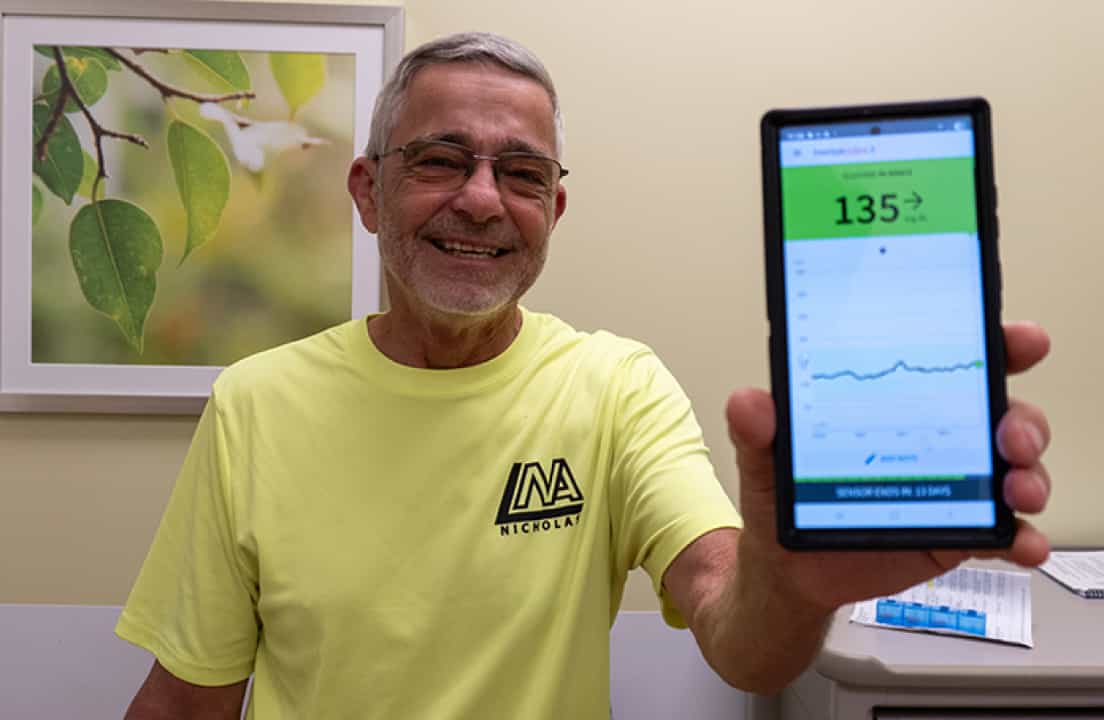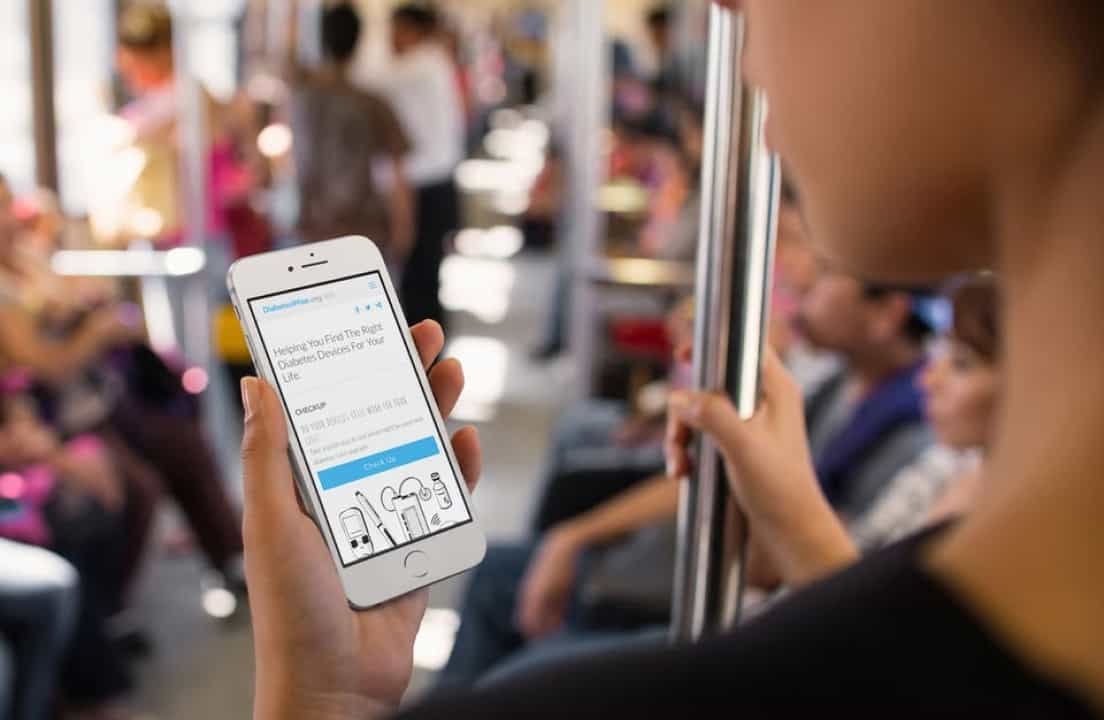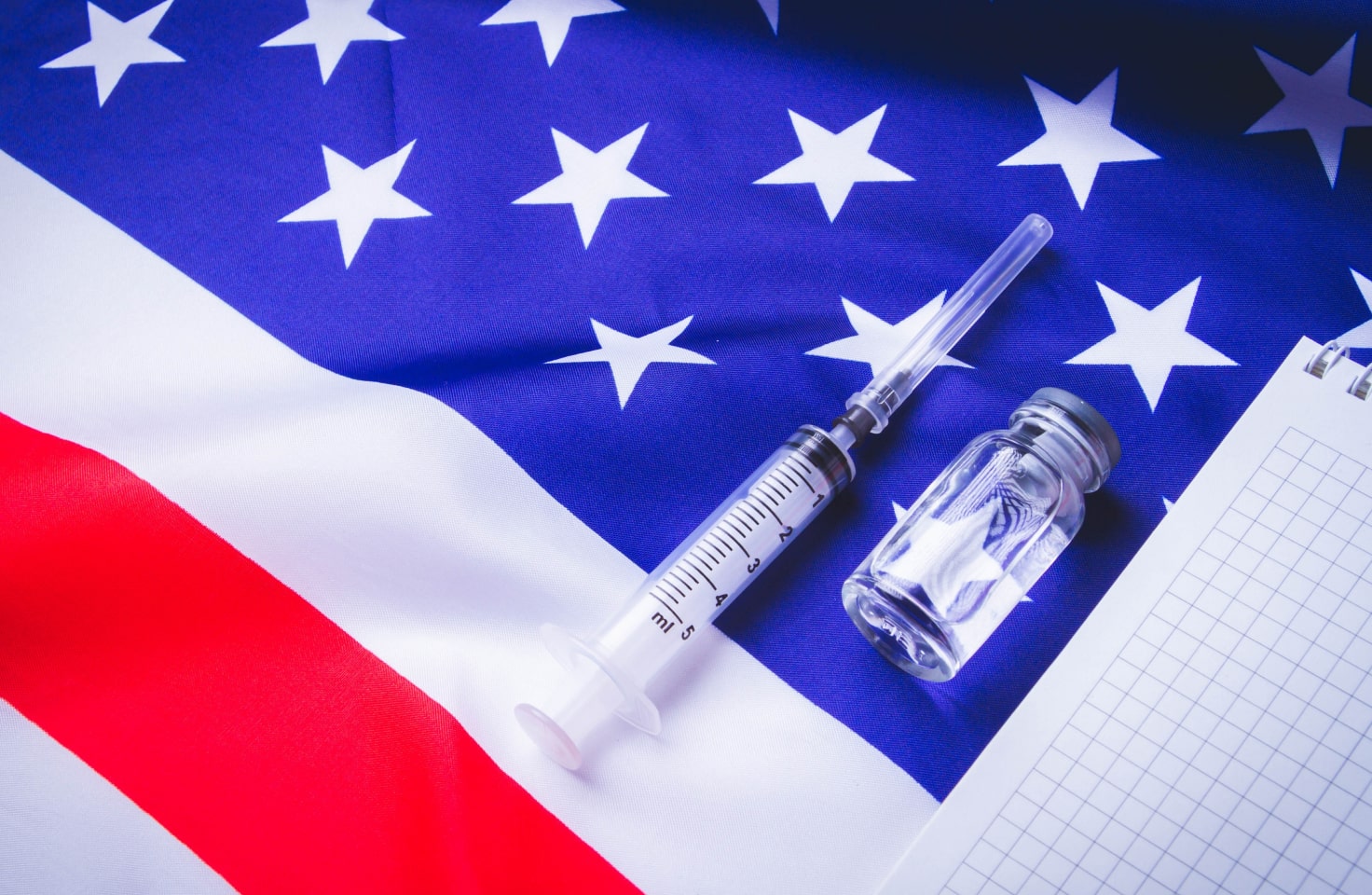T1D Guide
T1D Strong News
Personal Stories
Resources
T1D Misdiagnosis
T1D Early Detection
Research/Clinical Trials
Diabetes and Air Travel: How TSA Cares Helps You Navigate Airport Security
TSA Cares is a program offered by the Transportation Security Administration (TSA) to assist travelers in the United States with disabilities, medical conditions, or those who need additional help during the security screening process. This program aims to ensure a smooth and seamless experience for all travelers. People with all types and severities of diabetes qualify for the accommodations provided by TSA Cares.

Who is TSA Cares for?
TSA Cares accommodations are provided under the following categories:
- Disabilities and Medical
- Religion
- Tribal/Indigenous
- Passenger Support
- Military
- Traveling with Children
- Senior Citizens
- Law Enforcement
According to the American Diabetes Association (ADA), under most U.S. laws, diabetes is considered a protected disability. This includes people with type 1 diabetes (T1D) and type 2 diabetes (T2D), even people who can do any kind of job or sport, or work towards any life goal.
Diabetes is considered a disability because it:
- Severely limits the function of the endocrine system.
- It can be an “invisible” disability.
- It can be a disability even if the person with diabetes is healthy and well-managed.
The Americans with Disabilities Act is a federal law that prohibits discrimination against qualified individuals with disabilities, including those with diabetes. The ADA reports that the law also prohibits retaliation for asserting the right not to be discriminated against. The provisions of the ADA are substantially similar to those of Section 504 of the Rehabilitation Act of 1973.

Plain and simple, people with all types of diabetes are protected as individuals with qualifying disabilities. This includes under TSA Cares!
TSA Cares Benefits
Before boarding a plane, you must go through security. There’s no way around that. However, with TSA Cares, you can request accommodations for qualifying disabilities like diabetes.
For assistance during screening, inform your TSA officer of your disability or medical condition by using the TSA notification card or providing medical documentation. This is why it’s always important to carry a letter from your doctor! Add this to your annual diabetes exam checklist to keep it up to date, especially if you’re a frequent flyer.
Under TSA Cares, qualifying individuals with disabilities are not required to remove shoes, laptops, 3-1-1 liquids, light jackets, or belts. You might also be eligible for Advanced Imaging Technology (AIT) scans, but you will need to remove light jackets. To qualify for AIT, you must be able to walk or stand without assistance during screening and stand shoulder-width apart with your arms raised above your head for five to seven seconds.
This is not recommended for people with diabetes who are prone to dizziness or those who use wheelchairs. In cases of severe low blood sugar episodes during the screening process, it is also not advised. If you want to avoid AIT, you can request a pat-down instead, performed by same-sex officers and requiring the removal of shoes, belts, or light clothing such as jackets.
Manual Checks for Diabetes Medicine and Devices
TSA permits qualifying passengers to carry larger amounts of medically necessary liquids. For example, a person with diabetes may need to bring extra insulin. Through TSA Cares, you can request a manual inspection of these items instead of having them go through the scanner. The same applies to medical devices—you can request manual checks rather than machine scanning.
Some insulin pump and continuous glucose monitor (CGM) manufacturers recommend asking for alternative screening methods, such as a pat-down, and advise against passing through metal detectors or full-body scanners. To find out if your insulin pump or CGM manufacturer suggests this, contact their customer service directly or check the FAQ section on their website.
Generally, requesting manual screening by TSA agents helps prevent damage to your extra diabetes medicine and devices caused by the conveyor belt —a common issue within the diabetes community.
People with diabetes may also be permitted to carry an extra bag for their medical supplies and devices. To determine if you qualify, it’s best to contact your airline directly before you make your way to the airport.

At the Gate: Boarding Early and Your Right to Privacy
People with diabetes are also eligible for early boarding. If you’ve ever wondered whether you should board early but think your diabetes isn’t “bad enough,” think again! You might be a victim of the ableism trap if this is your mindset. This is a benefit every person with diabetes should take advantage of. Not only does it make the boarding process easier for people with diabetes, but it also helps reduce stigma and misconceptions about its invisibility.
Diabetes is a serious condition that you never get to turn off. It comes with a few perks, and people with diabetes deserve to access the benefits available to them without shame or judgment. People at all levels of diabetes severity can receive these benefits.
To use this offer, simply notify your gate agent before departure that you need to pre-board due to your medical condition. You should have a doctor’s note available to support your claim if required, but legally, agents are not allowed to ask about what medical condition you have. They may, however, ask questions about your ability to perform specific tasks, such as boarding, deplaning, or walking.
They cannot request specific details about your disability. Any passenger who needs extra time or assistance can self-identify and request early boarding. The airline is required to provide it.
10 More Quick Tips for Flying with Diabetes
- Pack extra supplies.
- Create a supply packing list.
- Add all of your medicine and supplies to your carry-on in case of lost luggage or emergency.
- Store your insulin in a chilled, travel-safe pouch.
- Pack a TSA-friendly bite to eat in your carry-on.
- Be prepared for unexpected high and low blood sugar levels.
- Move around during the flight. Some people with diabetes do squats in the middle of the aisle, mid-flight!
- Consider wearing a medical ID bracelet.
- Adjust your medical device settings for different time zones.
- Work with your doctor to create a travel safety plan.
Traveling with diabetes isn’t off-limits. It simply requires more patience and care, just like anything else in your daily life.
The Ableism Trap: Your Diabetes is “Bad” Enough
Diabetes affects everyone differently. If you think that your diabetes isn’t “bad enough” to use TSA Cares, think again. Reflect on all the days when low blood sugars drag you down, and high blood sugars don’t lift you up. You deserve this support.

You don’t need a diabetic alert dog or lost limbs to qualify—cultural stigmas might make you believe otherwise. Your condition doesn’t have to be “visible.” It’s definitely loud. If the TSA agent needs proof, consider offering to show them your CGM alarms if they won’t let you preboard and you’re waiting in line to deplane for more than 20 minutes in the heat.
We don’t actually recommend this, but we’re presenting a scenario to put it into context. These situations—though small and normal to you—are still significant enough to qualify for this travel benefit. Don’t hesitate to use it!
Using benefits like this is about caring for your health, not exploiting the system. You have the right to use programs like TSA Cares, which are made for you.t








.webp)
.jpg)
.jpeg)
.jpg)



.webp)
.jpg)



.jpg)



.jpg)

.jpg)



.jpg)

.jpg)




.jpg)
.jpg)
.jpg)
.jpg)
.jpg)
.jpg)
.jpg)

.jpg)
.jpg)

.jpg)



.jpg)
.jpg)
.jpg)

.jpg)

.jpg)














.jpg)


.jpg)







.webp)











.webp)
























.webp)